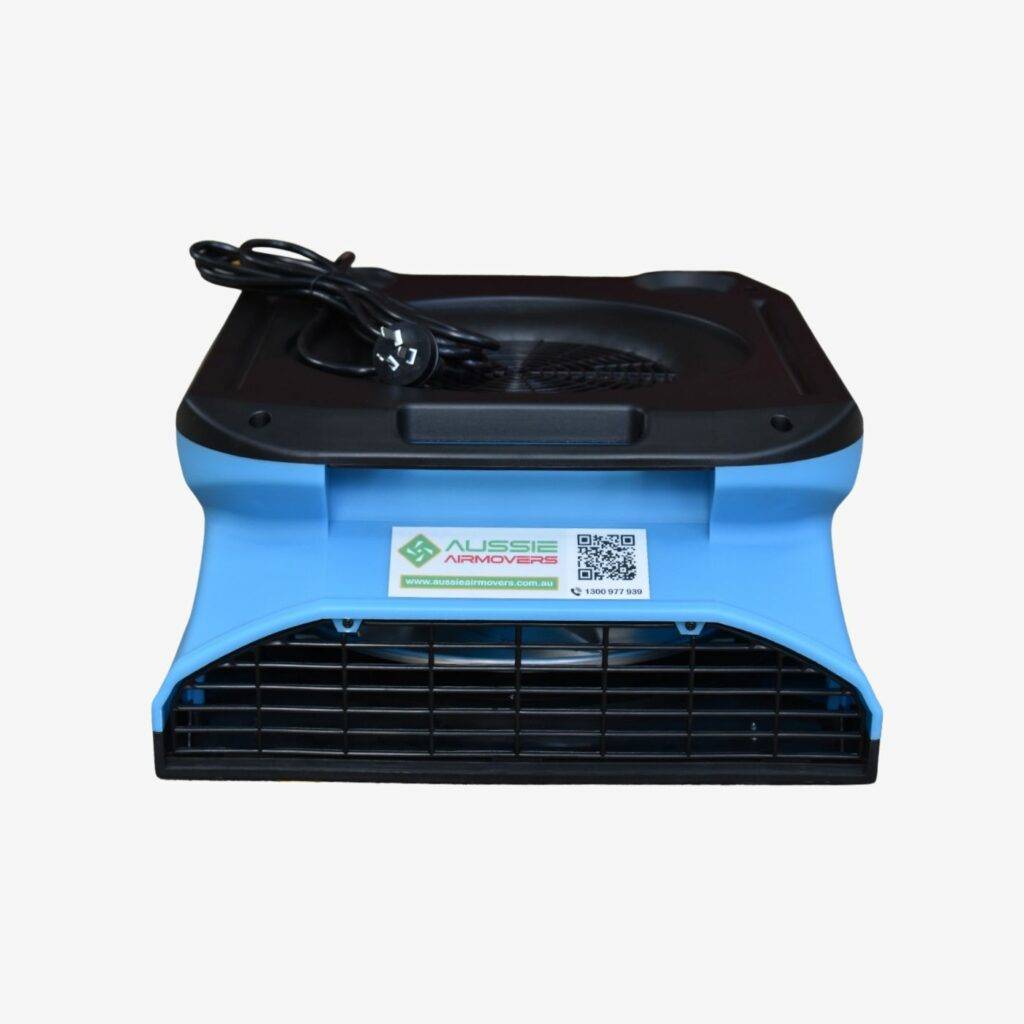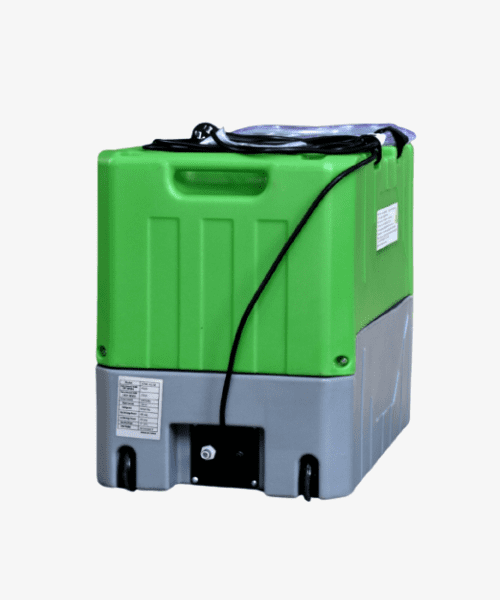Location – Leppington NSW
Background
August 2020 the police arrived on site in Leppington and discover a major clandestine drug laboratory. Police said the lab was so large it took days to dismantle. The property was located in the semi-rural NSW suburb of Leppington, just southwest of Sydney. The property consisted of a 3-bedroom house and a very large 2 level shed that consisted of offices, kitchen, bedrooms, and workshop areas. The clandestine lab was located in the shed.
Test results
Both structures were fully tested for methamphetamine residue and other drug and chemical residues. The property was tested by Enviro Force, an Environmental Hygienist company that specialises in detecting methamphetamine residue. The results from the dwelling were consistent with methamphetamine use and ranged from 0.03μg (micro grammes) per 100 square cm, to 20μg per 100 square cm.
However, the shed where manufacturing was undertaken had extremely high readings greater than 4200μg. When we consider that the 2011 Federal Guildines and the 2019 Voluntray Code of Practice say that levels over 0.5μg are unaccpetable. In this case, both the residence and the shed are considered unsafe.
AUG 2020 Research Confirms Meth Residue is Harmful
Remediation Action Plan – How to make the property safe
Decon Solutions Australia’s goal is to make a property safe for habitation and use. We contacted all the parties involved to gather as much site information as we could. When we contacted Enviro Force to discuss any details of the property, they informed us of site layout, general condition, and details of any hazards that may be on site. This helps us ensure that all of our team remain as safe as possible while undertaking work on the property.
We then developed a Remediation Action Plan, commonly known as a RAP, in conjunction with the Environmental Hygienist from Enviro Force. Once agreed, we implemented.
It was expected that the residence would be remediated on the first run through of our remediation process. However, with structures like the shed, having levels in excess of 4000μg, we can never be sure how many treatments it will take.
There are many factors that affect the success of a remediation treatment, such as length of exposure, surface, type and age of paint, type and age of timber, location to source, and climate, which are most of the major ones.
Results – Super Suprising
As expected the residence was validated by Enviro Force after our first treatment and was cleared for habitation. The shed on the otherhand was one of those super suprising results. The room with the original reading of >4000μg, retruned a result of 21μg. Not bad for first pass. However, a room with an original reading of 220μg, still returned a result of 160μg. It is always interesting when this happens. As alaways, we investigate why. When both rooms get the same treatment, on the same day, with the same chemical, by the same team, why do we get different results?
ANSWER Different surfaces. The room with the >4000μg had harder, non porous surfaces, whereas the room with 220μg had standard internal painted walls, and was exposed to high temperature methamphetamine residue from the clandestine lab. This makes for a very ingrained contamination.
RESULTS 2.0 We returned to te site and conducted a second remediation process on the contaminated surfaces and results were as expected. The contaminated rooms were validated by Enviro Force, and a clearance certificate was issued.
The property is now ready for safe use.
If you have a property that has methamphetamine residue and you are looking for advice, call us any time 1300 707028 or ask your questions via email at info@deconsolutionsaustralia.com.au

